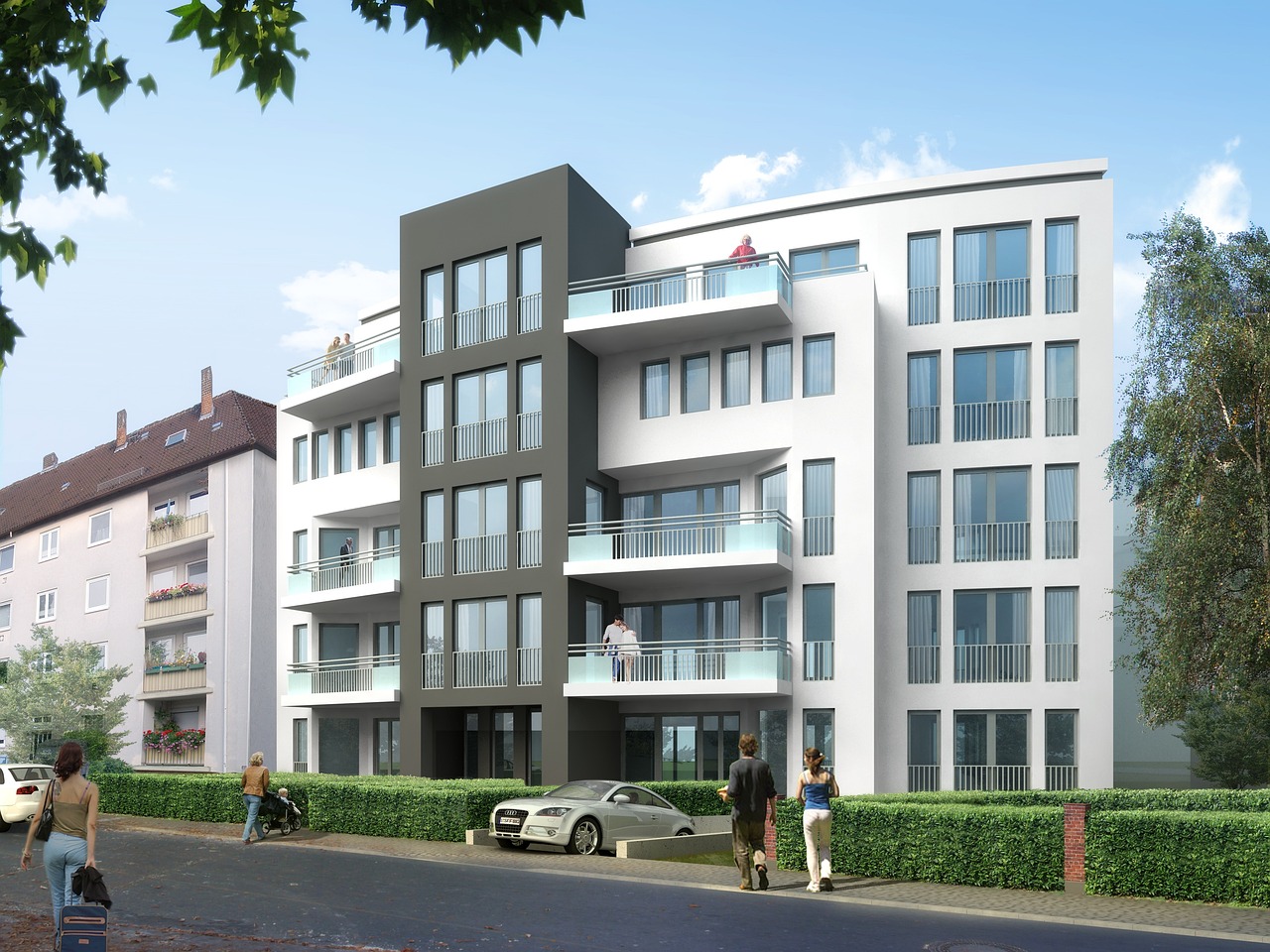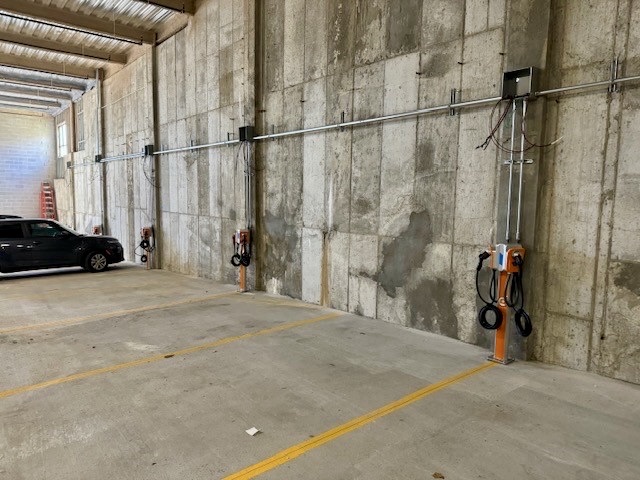The Logistics of EV Charger Installation in Multi-Unit Dwellings
With the increase of electric vehicles on the road, there is growing demand for EV chargers. Drivers are left with a few different options: they can use a public charger, they can charge at work if they are lucky enough to have that option, or they can charge overnight at home.
The latter option seems to be the most convenient. And it can be for people who are able to install their own chargers at home. But what about those who rent or live in an HOA, and have or want to drive an electric car?
As the demand for charging increases, many apartment complexes are deciding to install chargers in their parking spaces, not only for the convenience of their current tenants, but also for recruiting new ones.
However, when it comes to installing EV chargers in apartment complexes, there are a few logistical challenges you need to figure out first.

Choosing the level and type of charger
Not all charging stations are created equal. There are three different types — or levels — of EV chargers to choose from, determined by the amount of electricity they use, and, in turn, how fast they charge.
Level One is the slowest: a standard 120V outlet, it can take about 20 hours for a 120-mile charge. With the long charge time, they aren’t convenient for most people.
Level Two tends to be the most widely used amongst homeowners and apartment complexes. This is due to the sweet spot this charger hits as far as convenience and cost effectiveness. These are 240V, equivalent to a dryer or range circuit, and can fully charge an EV in 8-10 hours, making it perfect for homes and apartments.
Level Three chargers can fully charge a vehicle in about 45 minutes. They use 480 volts and can cost tens of thousands of dollars. Due to the high-power consumption and costs, this is a very rare choice for multi-unit dwellings.
Once the complex decides which level of charger they want to install, they have a few different options when deciding how tenants will pay for it. The two main options are leasing the EV spot, which typically comes at a higher cost due to the increased electricity cost the complex is now paying, or installing chargers where tenants pay for each individual charge, like they would when using a public charger.
This second option was selected for a recent installation. The complex decided to install pay-per-use chargers in all 46 of their spaces. This allows tenants who have an EV to charge whenever they’d like, while tenants with gas vehicles don’t lose access to any pre-existing spaces.
This is also a popular option for HOAs and condo buildings because they can install pay-per-use chargers in spots already used by owners. This can have two distinct benefits. One, it encourages owners to consider switching to an electric vehicle because they have convenient access to a charger, and two, it helps increase their property value if they ever decide to sell.
Checking to see how much your grid can handle
The first step is to do a walkthrough and see what the complex’s current electrical system can handle. With the increased amount of electricity needed for these chargers, it is important to ensure the grid will not get overloaded and shut down. By doing an examination of the panel, you can calculate the amount of electricity needed for each charger, and then do the math from there. Once you have that information, you can decide the number of chargers the complex can install. If the customer wants more than the suggested number, they will need to go through the steps to upgrade their system.

Where are you going to put the spots?
For public spaces, EV spaces will often be closer to the building to incentivize EV use. However, in the case of EV chargers for multi-unit dwellings, the placement of spaces really comes down to logistics and ease of installation.
In many cases, it’s smart to look at which spaces have the closest route to the electric room. It is like when you look to install a bathroom in a house — the most logical place to install a new one is underneath an existing one.
When you align the position of the chargers with the electric room, the work becomes much easier and more cost-efficient. This is especially true in parking garages, where there is already so much existing infrastructure to work around, such as pipes, lighting, and fire alarms.
Once all these logistics are decided, the chargers can be ordered, assembled, and wired. Then, all that is required is running the infrastructure from the electric room to the space, and drilling the chargers into place.
Find a certified installer to get started
Certified installers are a must. Certified installers that are also turnkey providers offer a one-stop shop for apartment complexes looking to install chargers. Once they understand the situation, they can help with all the planning and logistics, as well as assist with incentives and rebates to offset the cost of installing these chargers.
When more people are given easier and more convenient access to EV chargers, it leads to an increase in electric vehicles on the road, and a more environmentally friendly world.
Chris Cedrone is EV Account Manager at JM Electrical in Lynnfield, MA. He is a graduate of Wentworth Institute of Technology, a licensed electrician, and graduate of the JATC. He brings over two decades of expertise in electrical construction, electrical theory, and multi-family construction. Chris’ role as EV Account Manager encompasses estimating, selling, and managing EV projects, installations, and services.
JM Electrical | jmelectrical.com
Author: Chris Cedrone
Volume: 2025 January/February









